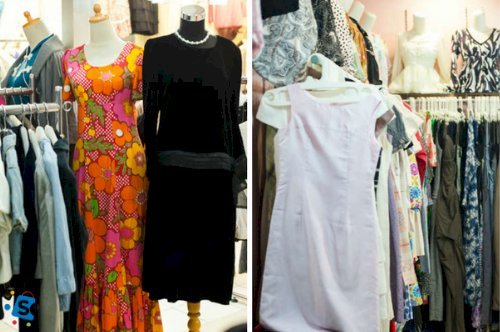Scarcity, Quality, and Price: Driving Forces in The Secondhand Market.

Most businesses are born out of a need to fill a gap or provide a solution to people encountering certain problems. According to research conducted by Tregoe and John Zimmerman in the 1970s, the driving force of any organisation is the primary determiner of the scope of future products and markets. The forces driving businesses can also be referred to as the reason a business exists and remains profitable despite all odds and inevitable threats. Just like every other business, the secondhand market is fueled by 3 major driving forces which have been carefully broken down in this article.
Scarcity
While customers have numerous wants, they also don’t have adequate resources to meet them. Especially with the present outlook of the world’s economy, people can’t afford to get all that they truly desire, this produces a gap you should try to close with an effective business model. As a business in the secondhand market, we do not advise you to sell every random item as other petty traders do. It is expected that you create a niche and sell those items that are not easy to find in the market, or are beyond the financial reach of your customers- this will be discussed further under ‘price’. Some examples of scares items to sell include, but aren’t limited to, fairly old gadgets and their accessories, clothes, artefacts, and more. Many manufacturers and wholesalers trick people into believing that items are no longer produced or available in the market all because they want them to have a feeling of scarcity and justify the high cost of the item if they eventually find it. Your secondhand store could just be that bridge between scarcity and availability.
Quality
Many people do not mind the cost of an item as long as it is of good quality and its durability is guaranteed. If you as a seller in the secondhand market is known for the sale of substandard products, your business is bound to die an untimely death. For this reason, always remember that trust is a currency and people want to shop from sellers they can trust and rely on. Regardless of what grade of fairly used items you are selling, do well to diligently run a quality check on them. Look at both their external and internal features to ensure that they are intact and would be valued by a customer for the price you intend to sell it for. If the item has any fault or maintenance issue, always inform the buyer before they make a purchase. Do not stand in the way of your business’ profitability and growth.
Price
You might have heard the saying that the price is everything. After all the hype and marketing effort put into getting in a prospect, it would be sad if they slip through your hands because they find your price either outrageous or just too good to be true. Customers usually know the price of items they wish to buy because they most have taken out time to survey other stores to know the average price of the item. Although prices may vary based on the quality of the product, always make it clear to customers that an item sells for a particular price due to certain reasons. Furthermore, having ridiculously low prices brings discomfort to the buyer as they will either think your product is either fake or was stolen. From time to time, always carry out a market survey to find out how much other traders are selling an item, and adjust to changes in the market price of such product. We bet you don’t want to be seen as being exploitative, do you?
There are many other driving forces for businesses, but it is advisable for a business in the secondhand market to always pay attention to these 3 because upholding one and neglecting the rest could pose a threat to your business’ growth.







